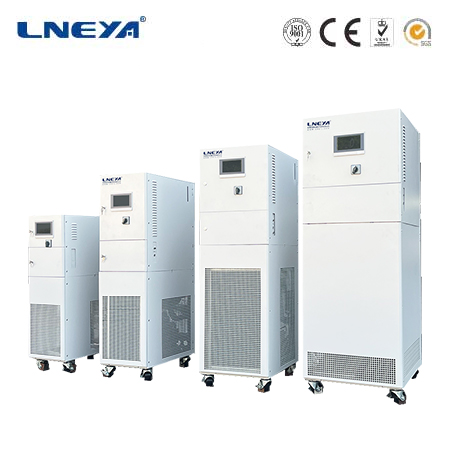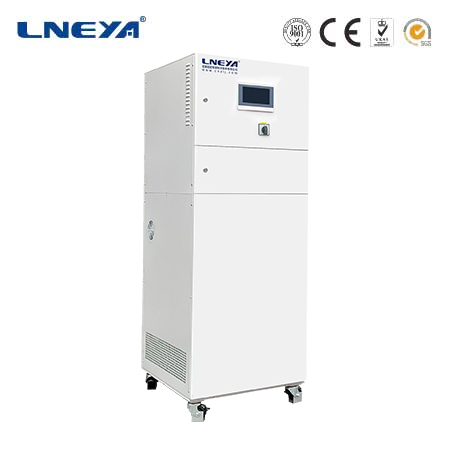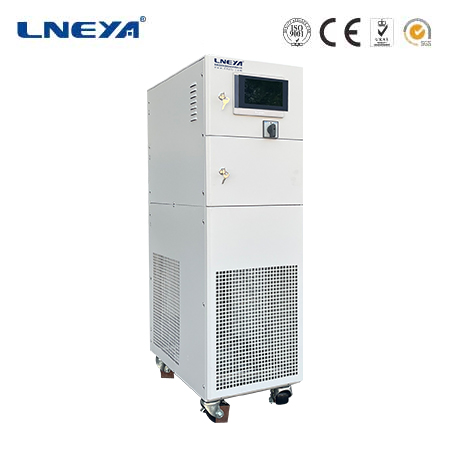heating and cooling systems
Introduction to Heating and Cooling Systems
Heating and cooling systems play a vital role in ensuring the comfort and well-being of occupants in residential, commercial, and industrial buildings. These systems not only contribute to thermal comfort but also impact energy consumption and environmental sustainability. Understanding the various types, components, and technologies involved in heating and cooling systems is crucial for optimizing their performance and efficiency.

Types of Heating and Cooling Systems
Heating and cooling systems can be broadly categorized into the following types:
Central Systems: These systems serve multiple rooms or spaces through a network of ducts or pipes.
Ductless Systems: These systems, such as mini-split systems, provide heating and cooling without the need for ductwork.
Packaged Terminal Air Conditioners (PTAC): These are self-contained units used in individual rooms or small spaces.
Heat Pumps: These systems provide both heating and cooling by transferring heat between the indoor and outdoor environments.
Radiant Systems: These systems use panels or tubing to distribute heat or cool through radiation.
Components of Heating and Cooling Systems

The primary components of heating and cooling systems include:
Heat Source: This could be a furnace, boiler, or heat pump for heating, and an air conditioner or heat pump for cooling.
Distribution System: Ducts or pipes distribute heated or cooled air or water throughout the building.
Control System: Thermostats and zoning systems control when and where heating or cooling is needed.
Ventilation System: Ensures fresh air is supplied to the building and stale air is exhausted.
Efficiency of Heating and Cooling Systems
The efficiency of heating and cooling systems is measured by various metrics:
Heating Efficiency: Measured by the Annual Fuel Utilization Efficiency (AFUE) for furnaces and boilers.
Cooling Efficiency: Measured by the Seasonal Energy Efficiency Ratio (SEER) for air conditioners.
Heat Pump Efficiency: Measured by the Heating Seasonal Performance Factor (HSPF) for heating and SEER for cooling.
Control Systems in Heating and Cooling
Control systems play a significant role in the performance of heating and cooling systems:
Thermostats: Allow for manual or programmable control of temperature settings.
Zone Control Systems: Enable different temperatures in various areas of a building.
Smart Controls: Offer advanced features like remote access, learning capabilities, and integration with other smart home devices.
Environmental Impact of Heating and Cooling Systems

Heating and cooling systems significantly contribute to energy consumption and greenhouse gas emissions. Therefore, it is essential to consider the environmental impact when selecting and operating these systems:
Energy Efficiency: High-efficiency systems reduce energy consumption and associated emissions.
Renewable Energy Integration: Systems that use solar, geothermal, or other renewable energy sources can further reduce the environmental impact.
Refrigerants: The choice of refrigerant in cooling systems is crucial to avoid those that deplete the ozone layer or have high global warming potential.
Latest Advancements in Heating and Cooling Systems
Advancements in technology are transforming heating and cooling systems:
Smart Thermostats: Offer greater control and energy savings through learning algorithms and remote access.
Variable Speed Technology: Allows components like compressors and fans to adjust their speed based on the system’s needs, improving efficiency.
Renewable Energy Integration: Enables systems to use solar, geothermal, or other renewable energy sources for heating and cooling.
Conclusion
Heating and cooling systems are integral to modern living and industry, providing comfort and maintaining optimal conditions for various activities. As technology continues to advance, these systems are becoming more efficient, controllable, and sustainable. Understanding the latest trends and advancements in heating and cooling systems is crucial for making informed decisions that can lead to energy savings and environmental benefits.
Related recommendations
water bath maintenance
511Water Bath Maintenance: Ensuring Optimal Performance and Safety Water baths are indispensable pieces of equipment in laboratories, playing a vital role in maintaining precise temperatures for a...
View detailscirculating water bath heater
466Circulating Water Bath Heaters: Precision Temperature Control for Diverse Applications Introduction to Circulating Water Bath Heaters Circulating water bath heaters play a crucial role in va...
View detailsWhat are the performance advantages of a 1 ton chiller?
856What are the performance advantages of a 1 ton chiller? 1. Simple construction and easy operation: with fewer spare parts, the simple and clear control panel in the 1-ton chiller is ver...
View detailsthermal oil heating system
221Thermal Oil Heating Systems: A Comprehensive OverviewI. IntroductionA thermal oil heating system is a closed - loop system that utilizes thermal oil (also known as heat - transfer oil) as the medi...
View details
 LNEYA Thermal Test Chillers
LNEYA Thermal Test Chillers







HelloPlease log in